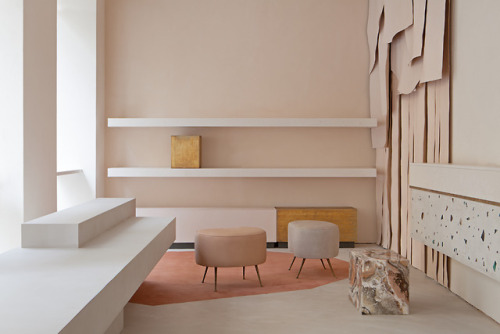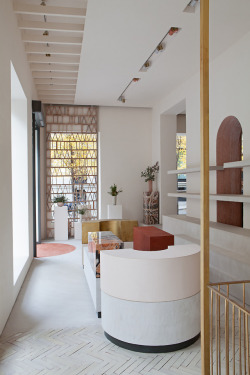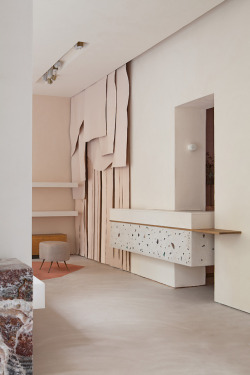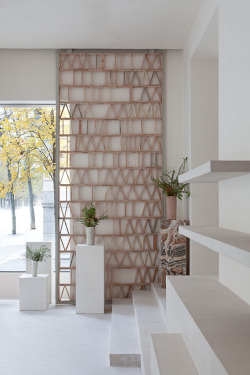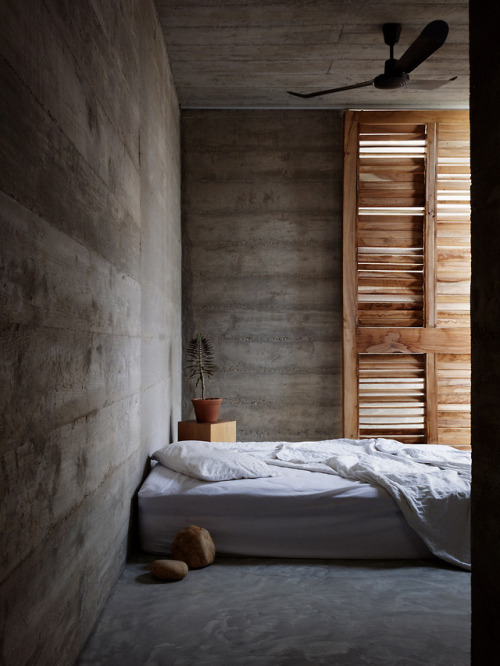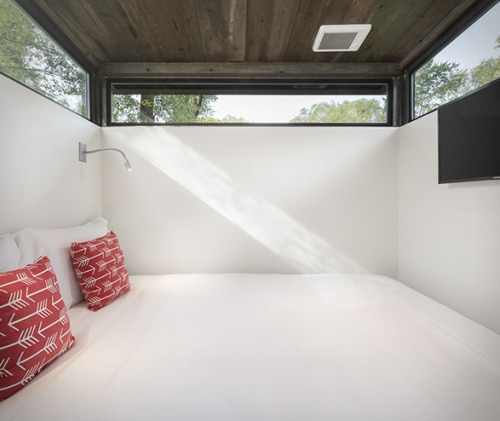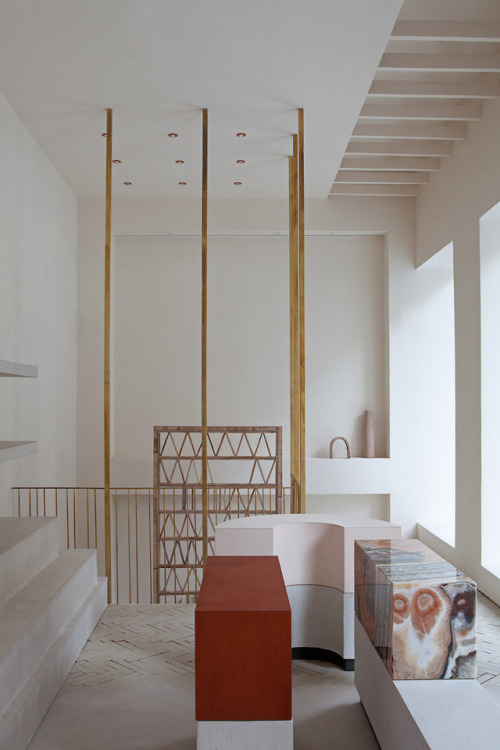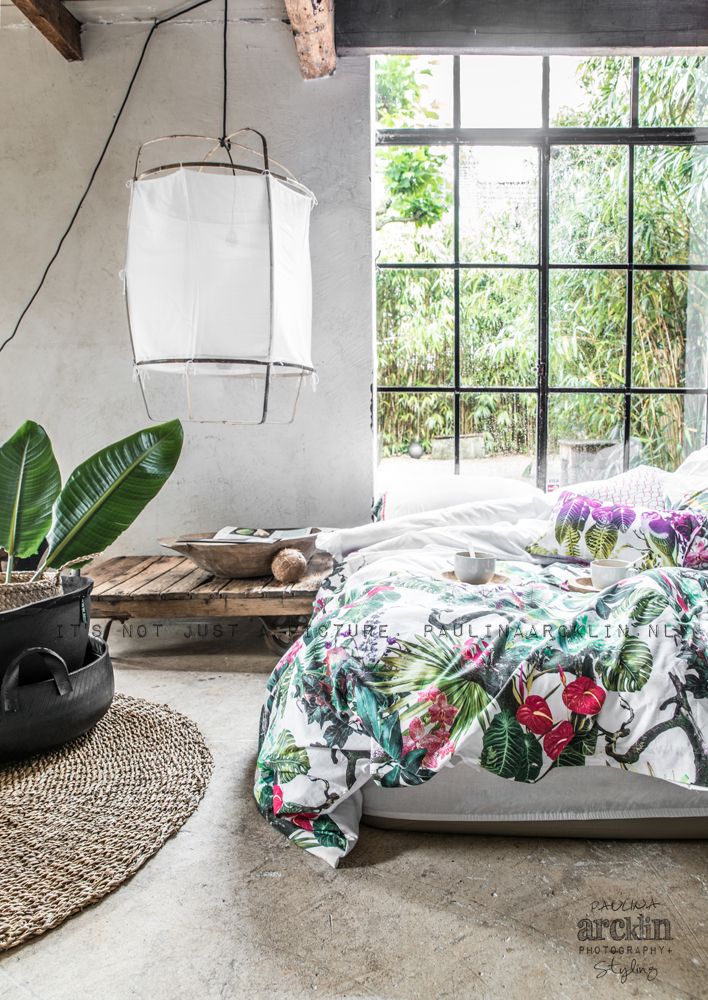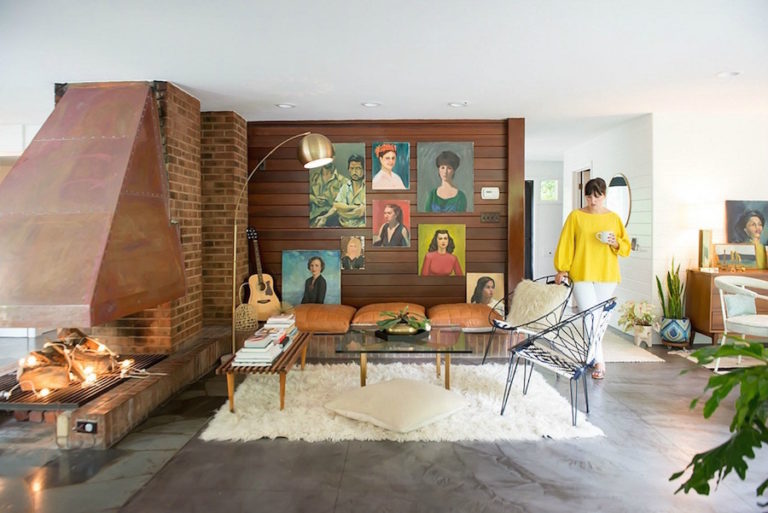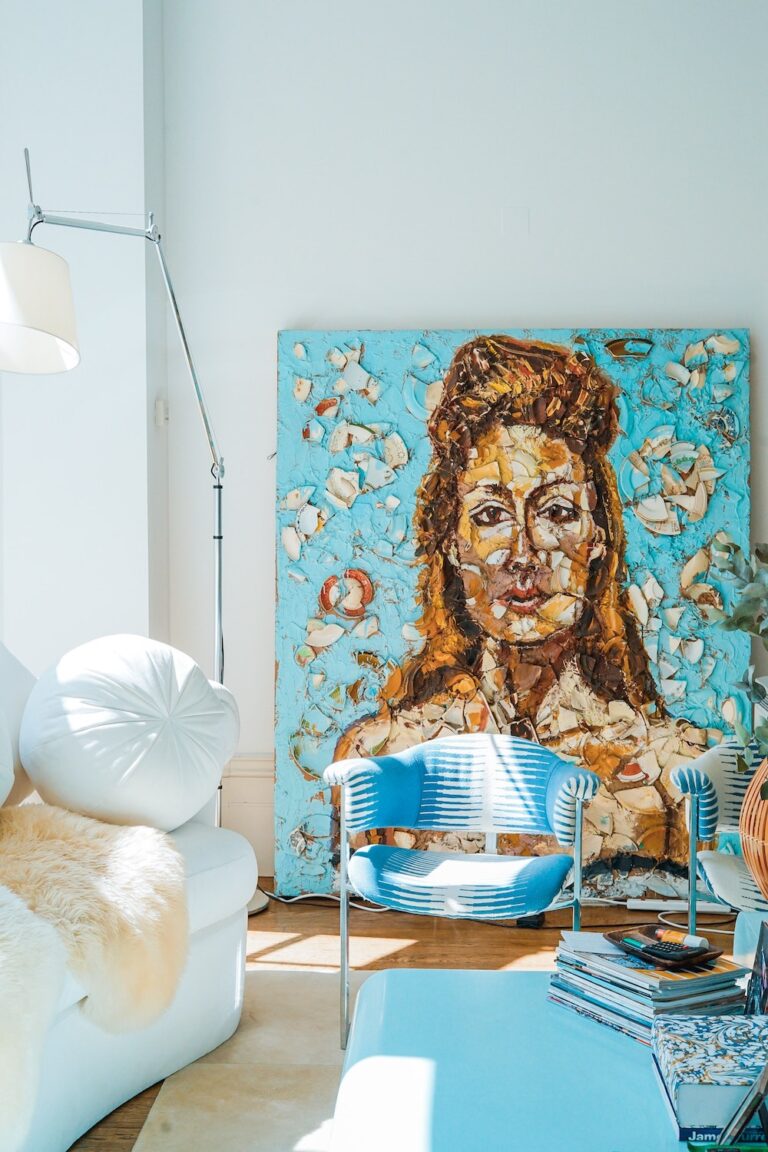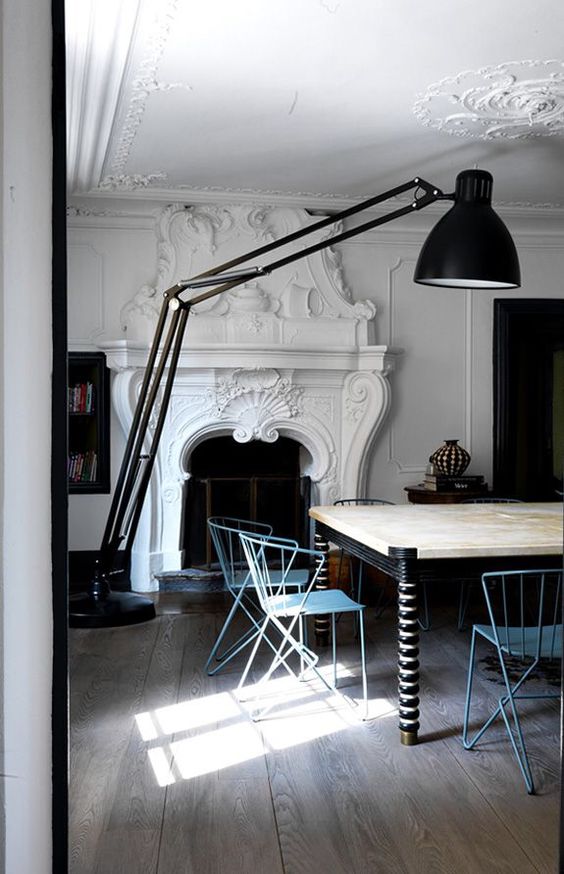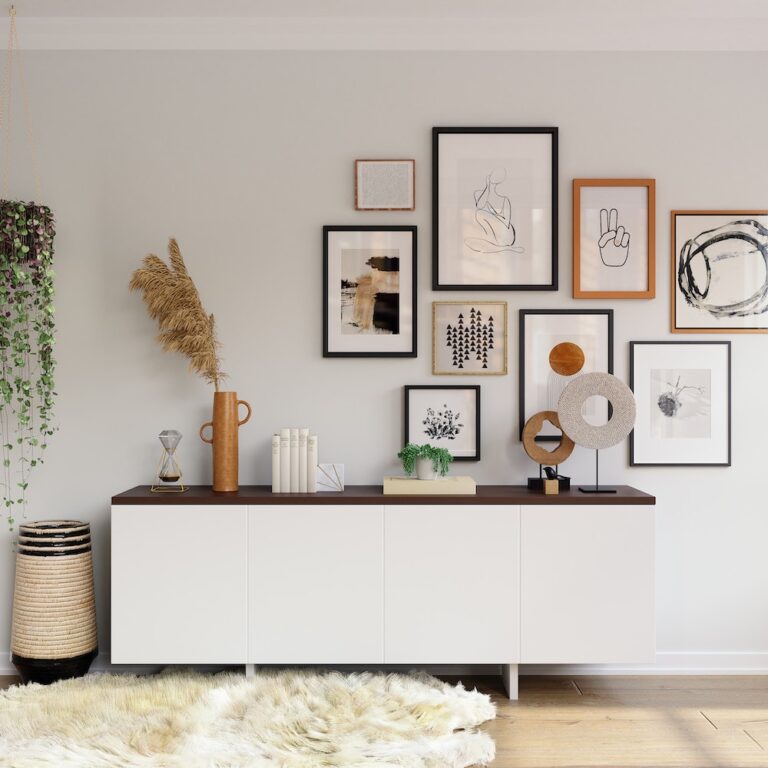The 5 Interior Design Elements You Must Incorporate into Your Home
Most people dream of living in a luxury home, but lack the interior design knowledge to make their dream a reality. Yet, transforming your home doesn’t have to be a challenge, and you don’t need to be a professional interior designer to create a living space that will be the envy of your friends and family.
With a little research, and a few tweaks and changes to your rooms, you could create a property that has the wow factor. Here are five interior design elements you must incorporate into your home.
1. Sculpture & Shape
Add interest into your home by focusing on sculpture and shape. If all you can imagine are flat surfaces or square edges, you might need to expand on your interior design repertoire. Instead, start exploring how curves, angles and spirals can add texture and elegance into your décor. You should also consider incorporating natural objects into your design, as they often have their own unique shapes, which could become a focal point.
2. Texture
Texture can determine a home’s lighting, comfort, and color. For example, the softness of velvet can add light into a dark interior design, whilst wood can create an earthiness in your interior. So, look for different ways to add texture into your design, such as incorporating metal, leather, fur, or feather into your furnishings and accessories.
3. Two and Three Dimensional Space
Space is easily one of the most essential interior design element, as it offers the foundation for a beautiful décor. You must consider two dimensional space (the floor length and width) and three dimensional space (a living space’s length, height and width). You must avoid overcrowding within your interior design; for example, you could install fitted sliding wardrobes to create more space and function within a bedroom.
4. Line
Room lines can create a sense of harmony within your home. It often serves as a visual guide with your interior space and can help to define shapes. Interior design lines can be categorized into three types: vertical, horizontal, and dynamic. For example, you can incorporate horizontal lines with tables, chairs and beds. Vertical lines are doorways, windows and almirahs, and dynamic lines are more action oriented, such as stairs. Look for the best ways to emphasize the lines to create an eye-catching interior design element.
5. Color
If you want to effectively use color within your home, you first need to learn the psychology behind the different hues. Each color you pick can create an atmosphere within a room, so you must choose wisely when designing your living room, kitchen or bedroom. For example, red is often an ideal choice for a dining room, as it is believed to increase a person’s appetite. While green can be the perfect color for a bedroom, as it can improve tranquility. By doing so, you can create the perfect ambiance in each room that can increase your happiness within the home.

